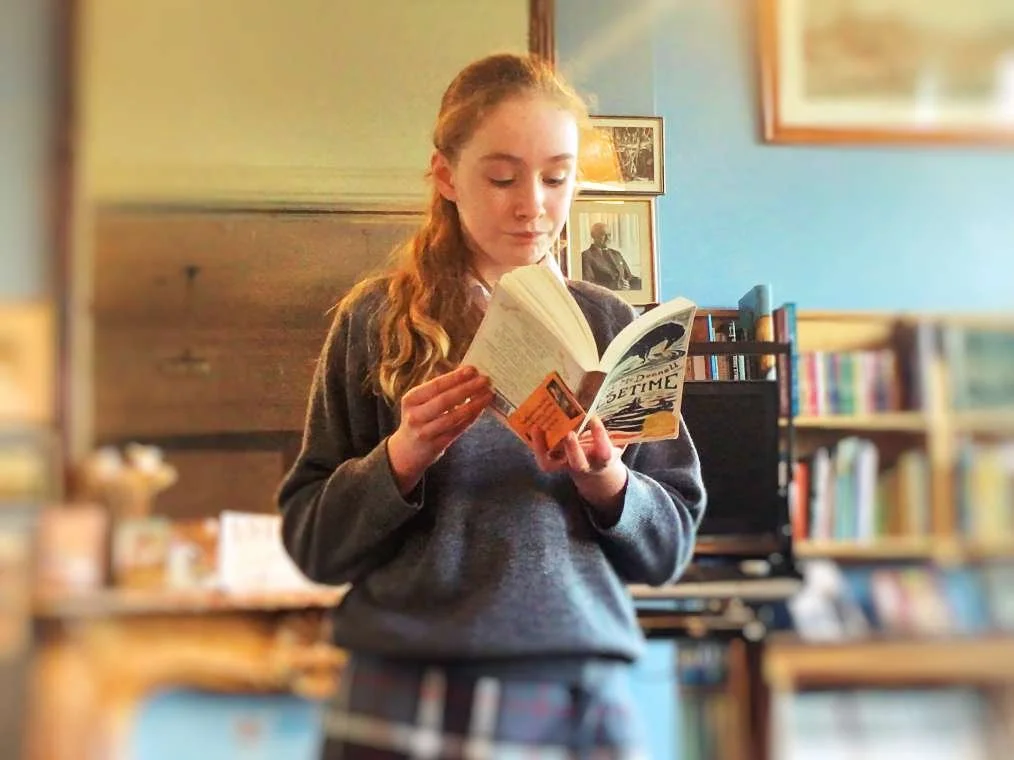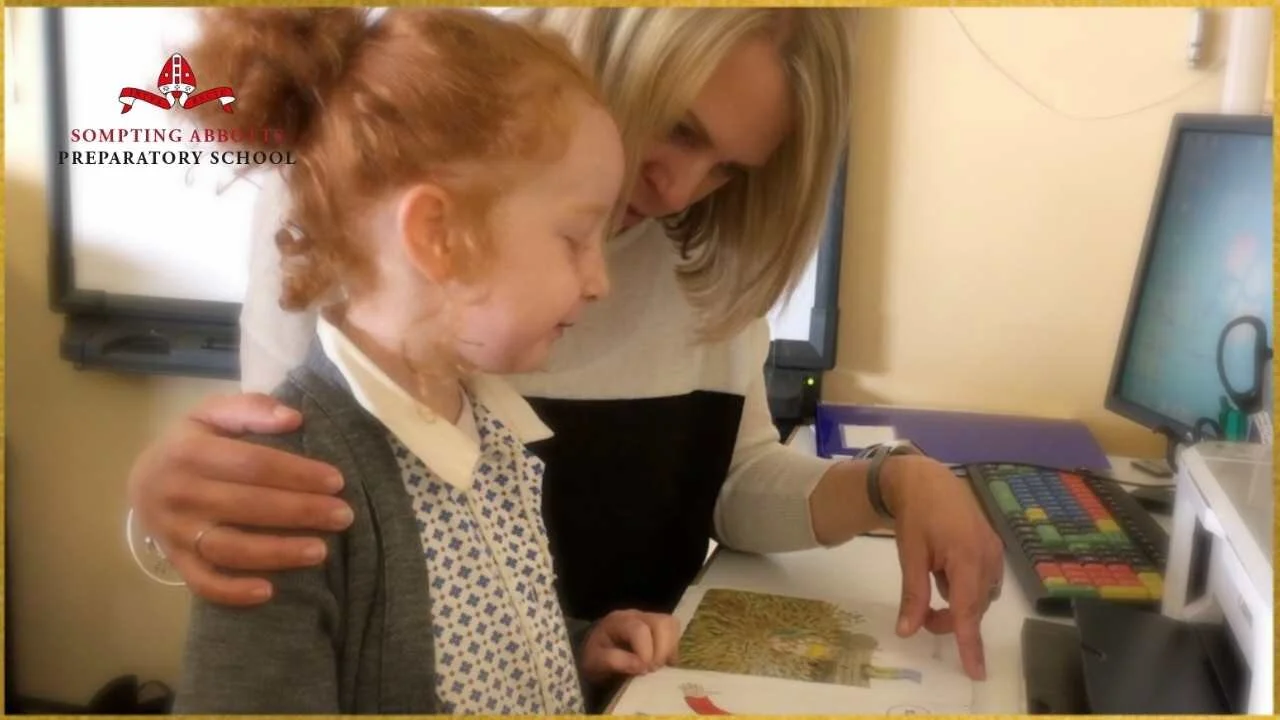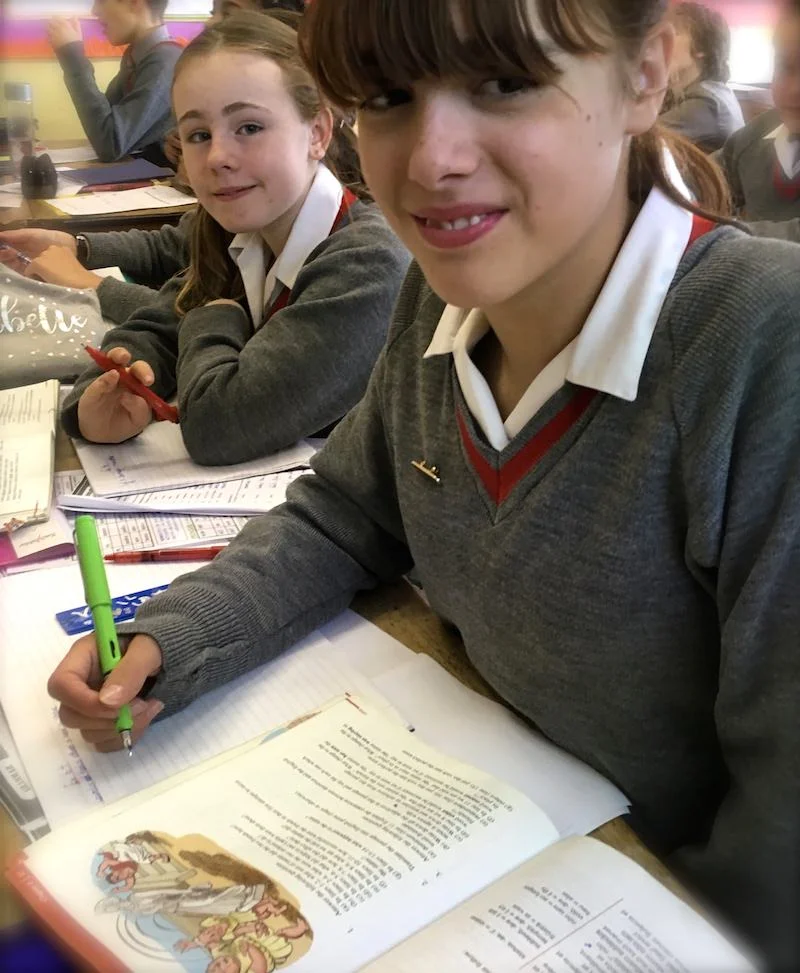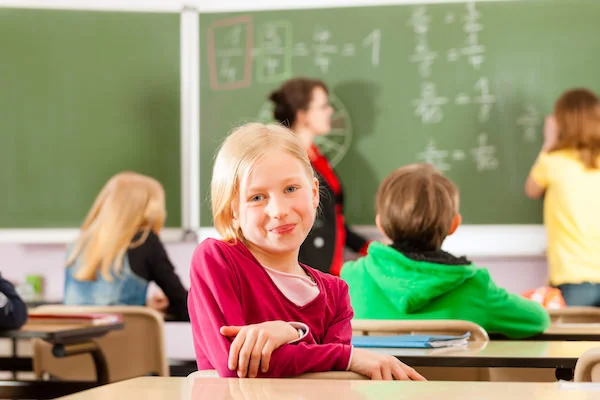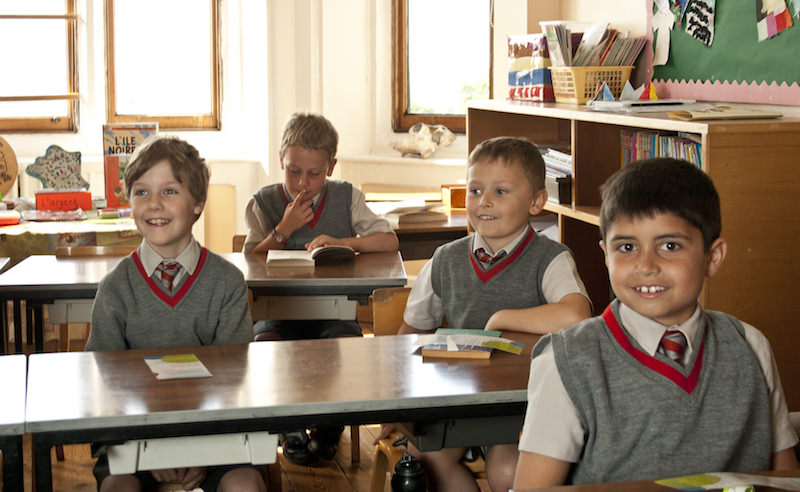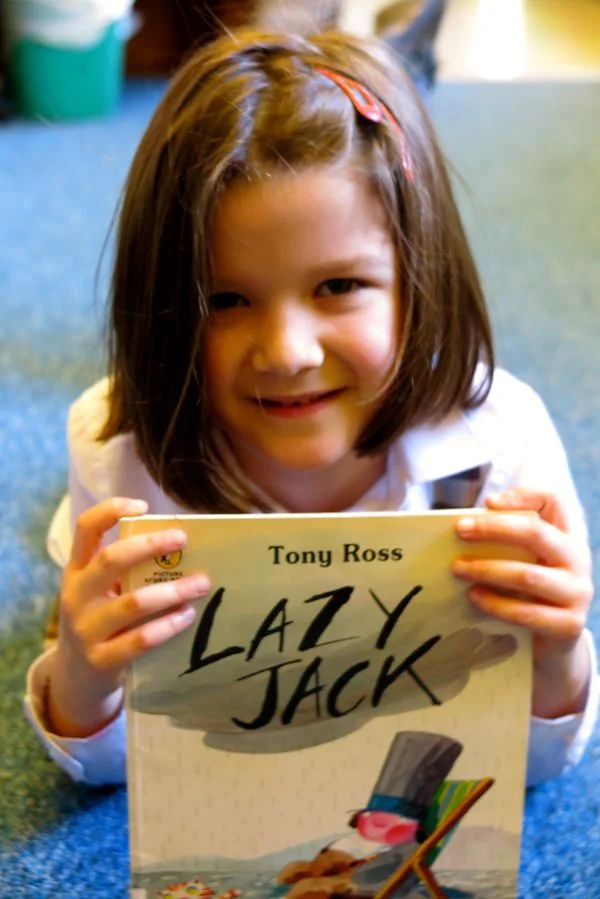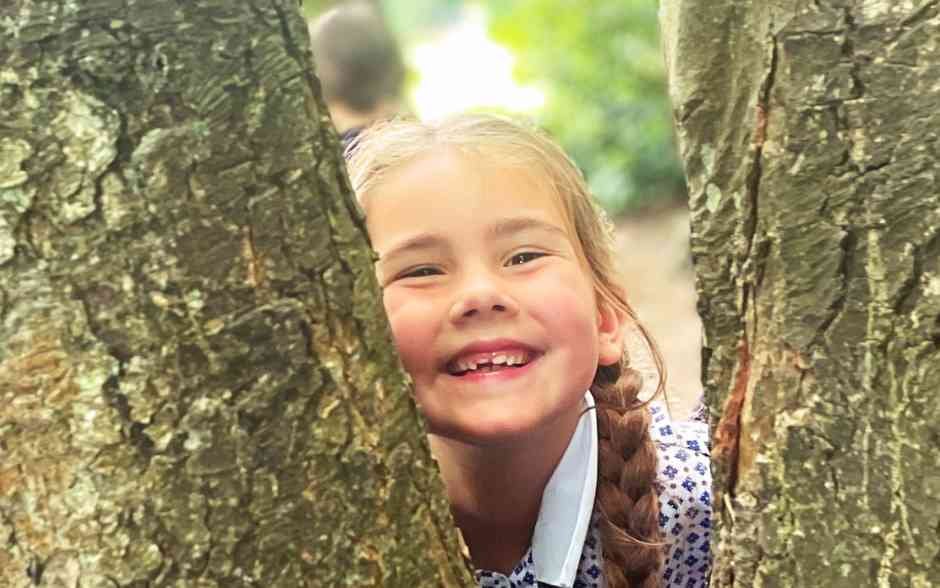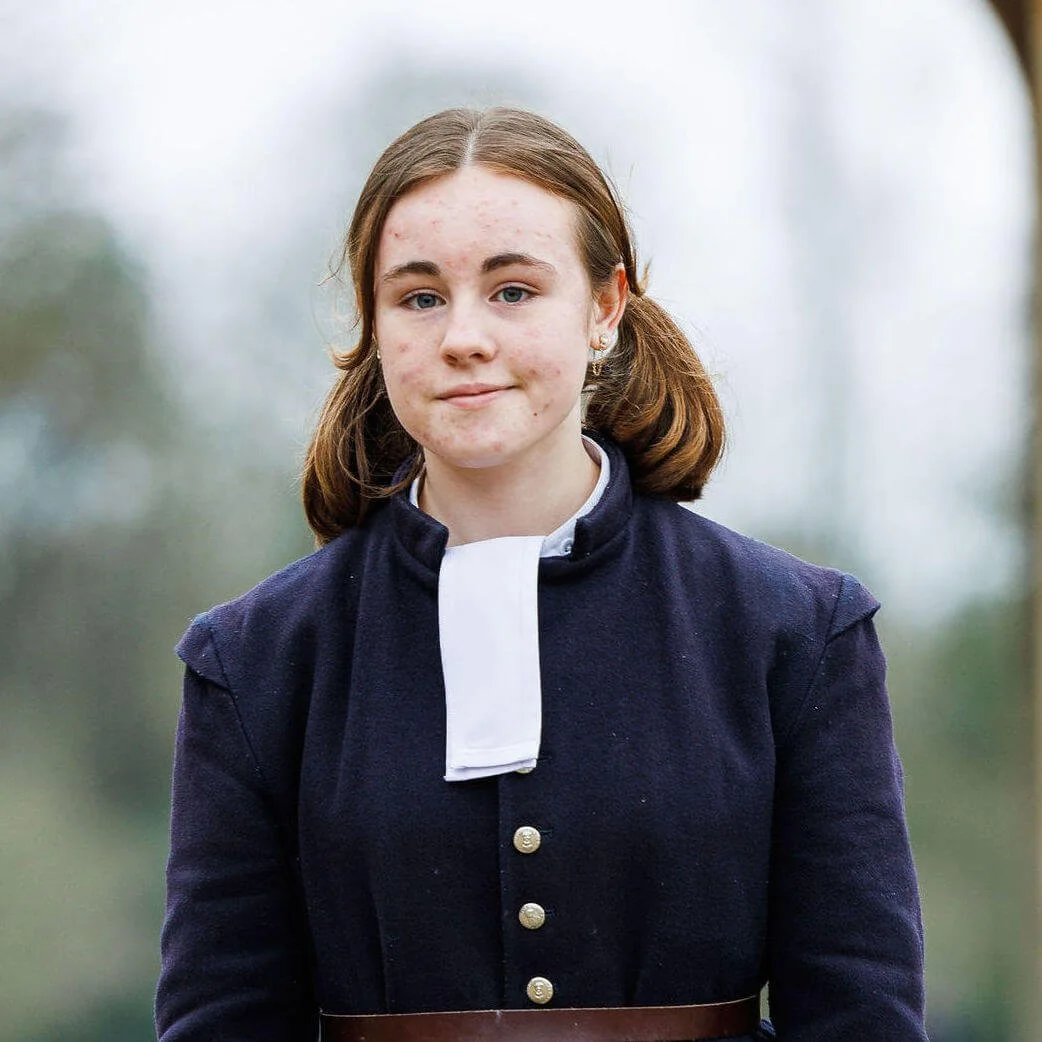Small classes have most value at primary school stage
So how can a school cater best to all these different personality types, teaching approach requirements and developmental stages? Part of the answer lies in smaller class sizes.
Research by the Education Endowment Foundation shows that a class group of under 20 students gives the best results. It states that it is during the primary school years that children get the most benefit from being in a small class.
At primary school age, children are still yet to develop the independent learning skills and self-discipline that they’ll have by the time they’re ready for secondary school.
By the age of 11 or 12, pupils will be better equipped to thrive and learn in a bigger group environment. So is at the primary school stage that smaller classes provide the maximum learning boost.
This fact is backed by the Department for Education’s Class Size and Education in England Evidence Report which states: “The evidence base on the link between class size and attainment, taken as a whole, finds that a smaller class size has a positive impact on attainment and behaviour in the early years of school.”
Small classes are better for both less able and more able children
At Sompting Abbotts, class size is average 15 and we see better results. The more able children get the challenge they need. The 'coasters' are galvanised. The less able children – or those with SEND (special educational needs) – have more time with their teacher to receive the extra support they need.
Importantly, no child gets 'lost in the middle' or ‘forgotten in the crowd’.





